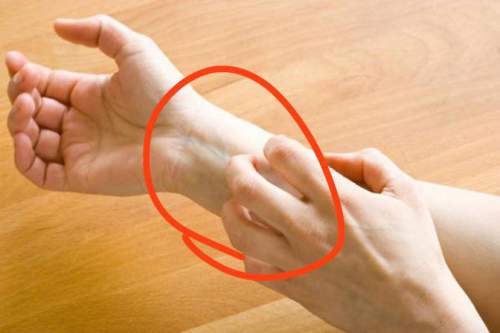Discover What The Second Highest Reported STD In America Is
Gonorrhea is the Second Highest Reported STD. Of all the STDs that get reported in the U.S. each year, Gonorrhea is the second most common. The disease, which is caused by the bacterium Neisseria gonorrhea, infects warm, moist areas of the body, such as the eyes, urethra, throat, anus, lady part, and the reproductive organs.
Gonorrhea has an average incubation period (the time between being exposed to the bacteria to the time symptoms begin to appear) of 2 to 5 days, though some symptoms take as long as 30 days to show up. In other cases, especially cases involving women, no obvious symptoms are ever visible until the infection has worsened and spread to other parts of the body.
Symptoms of Gonorrhea
Symptoms present differently in men and women. For some women, these symptoms are mild, resemble other less severe illnesses, or they are never obvious at all. Most men experience symptoms that signify an obvious problem, and they usually seek medical attention before the infection has time to affect other areas of the body.
If you think you might have been exposed to someone with gonorrhea, please go over this checklist to see if you are experiencing any of these common symptoms of Gonorrhea.
Symptoms common in men include:
- Painful or burning urination, or urethritis
- Penile discharge (it usually starts out clear or milky in color, but then turns yellow or creamy, and occasionally it will appear blood-tinged
- Rectal discharge, itching, or burning; bowel movements that are painful or produce blood
- In rare cases, it can also cause a sore throat and pink eye
Symptoms in women:
- Rectal discomfort, itching, bleeding, or painful bowel movements
- Painful or burning urination that becomes more frequent as the infection progresses
- Inter menstrual bleeding or bleeding during or after making love
- Itching of the genitals
- Pain in the lower abdomen
- Fever and general fatigue
- The glands at opening of the lady part can become swollen or sore
- In rare cases, gonorrhea can cause a sore throat and pink eye
RELATED ARTICLE: Signs You May Have An STD And Don’t Know About It
If you are experiencing any of these uncomfortable or painful symptoms, you should consult with a physician right away. Infections that go untreated can spread to the bloodstream and create the potential for more serious problems, including infertility in women. Your doctor will send you for standard testing, which will likely involve collecting a sample of your penile or honey pot discharge. If the diagnosis is confirmed, an appropriate course of treatment will be arranged and started immediately. Most instances of gonorrhea can be cleared up with a round of antibiotics, which may include an initial injection of the medicine at the hospital or clinic where you are being treated.






